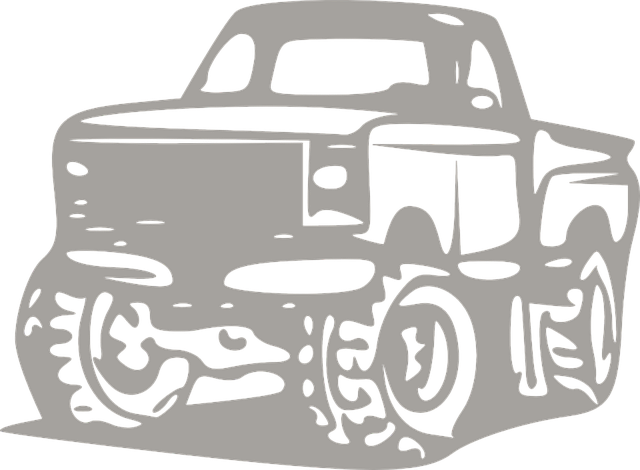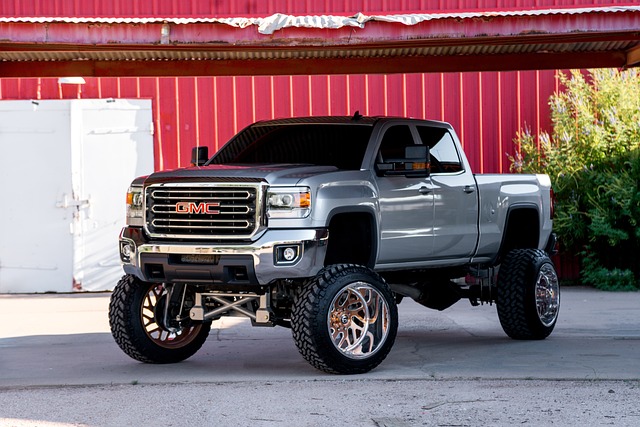Brake calipers, critical components in Brownsville fleet trucks' braking systems, grasp pads to slow or stop wheels. Comprising a metal body, pistons, pads, and mounting parts, these work together for precise control. Advanced diagnosis tools used by Brownsville mechanics identify caliper issues through performance monitoring and anomaly detection. These tools ensure the fleet remains operational and safe on the road, enhancing overall vehicle reliability using modern technology. Key components include pistons, pads, brackets, and rotors. Disc brakes, favored for cooling, and drum brakes, simpler but less powerful, are types understood when troubleshooting. Choosing calipers requires considering vehicle demands and desired performance, with design impacting braking efficiency and maintenance needs. Regular servicing with modern tools ensures optimal long-term performance under diverse conditions.
- Understanding Brake Calipers: The Basic Function and Components
- – Definition and role in a vehicle's braking system
- – Key components: piston, pad, bracket, and rotor
- Types of Brake Calipers: Disc vs. Drum
- – Comparison based on design, application, and maintenance requirements
Understanding Brake Calipers: The Basic Function and Components

Brake calipers are a fundamental component in the braking system of vehicles, including Brownsville fleet trucks. Their primary function is to grasp and squeeze the brake pads, thereby reducing the speed or stopping the rotation of the wheels. Each caliper houses one or more pistons that are actuated by the vehicle’s braking force, enabling precise control over deceleration.
The basic structure of a brake caliper comprises several key parts: the caliper body, which houses the piston(s) and is typically made of metal for durability; the pads, which press against the rotor or drum when activated; and the mounting components that secure the caliper to the wheel hub or suspension system. Advanced diagnostic tools, such as those used by truck mechanics in Brownsville, can identify issues with calipers by monitoring changes in braking performance and detecting anomalies during tests.
– Definition and role in a vehicle's braking system

– Key components: piston, pad, bracket, and rotor

The key components of a brake caliper—a vital part in Brownsville fleet Truck diagnosis tools—include several crucial elements. The piston is a central component that presses against the brake pads to slow or stop the vehicle. Working in tandem with the piston are the brake pads, which generate friction against the rotor, converting kinetic energy into heat. Holding these components securely in place is the bracket, ensuring proper alignment and stability during braking. Lastly, the rotor, often made of cast iron or steel, serves as the surface against which the pads press, transferring the force from the piston to slow down the wheel. Understanding these parts is essential for efficient fleet maintenance.
Types of Brake Calipers: Disc vs. Drum

Brake calipers are a critical component in any vehicle’s braking system. When discussing brake calipers, two primary types stand out: disc and drum. Both have distinct characteristics that make them suitable for different driving conditions and vehicle types. For instance, disc brakes, popular among modern vehicles, offer superior cooling capabilities due to the direct contact between the brake pads and rotors, making them ideal for Brownsville fleet trucks facing demanding driving conditions. On the other hand, drum brakes, still prevalent in some older vehicles, are known for their simplicity and cost-effectiveness but may not provide the same level of stopping power under heavy braking. When diagnosing brake issues using tools like those available to Brownsville fleet managers, understanding these caliper types is essential for effective troubleshooting and ensuring optimal vehicle performance.
– Comparison based on design, application, and maintenance requirements

When comparing brake calipers, several factors come into play. Design plays a crucial role in determining their application and compatibility with different vehicles. For instance, while some calipers are designed for precision and high-performance braking in sports cars, others are tailored for heavy-duty use in trucks like those in the Brownsville fleet. Maintenance requirements also vary; certain types may require more frequent service due to their complex mechanisms, which can be addressed using advanced truck diagnosis tools.
In terms of application, the choice of caliper depends on driving conditions and desired performance. Urban fleets, for example, might benefit from calipers that offer consistent braking power in stop-and-go traffic, while long-haul trucks would require calipers capable of enduring harsh road conditions. Regular maintenance routines, often facilitated by modern diagnosis tools, are essential to ensure these calipers function optimally over the long term.
Understanding brake calipers and their types is crucial for effective fleet maintenance in Brownsville. Whether you prefer disc or drum brakes, regular diagnosis using the right tools can ensure optimal performance and safety. By grasping these concepts, you’ll be better equipped to keep your vehicles running smoothly.



